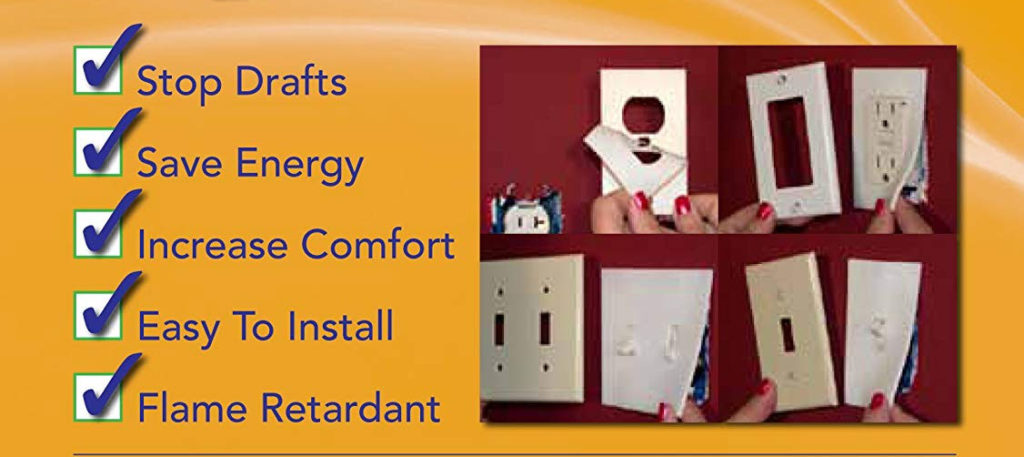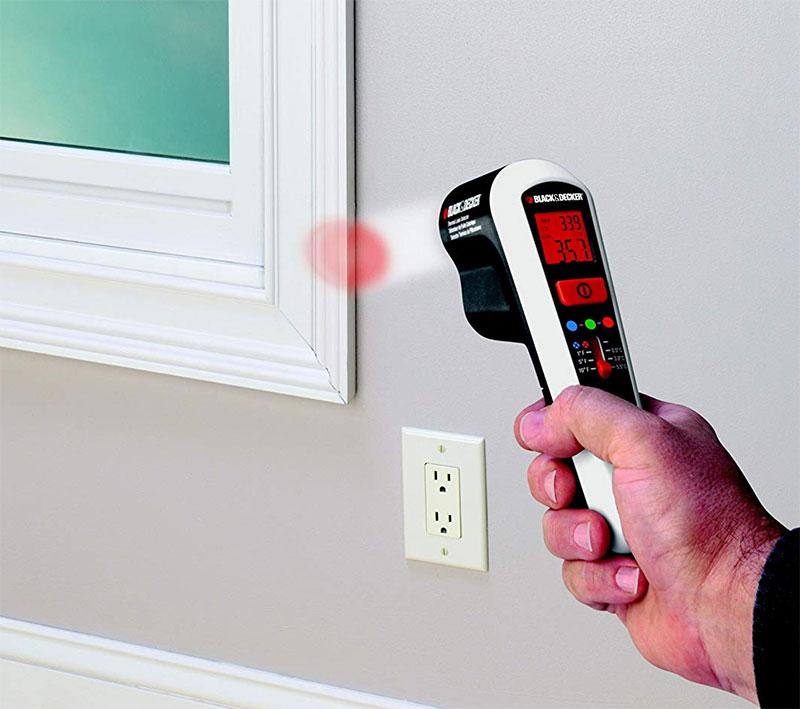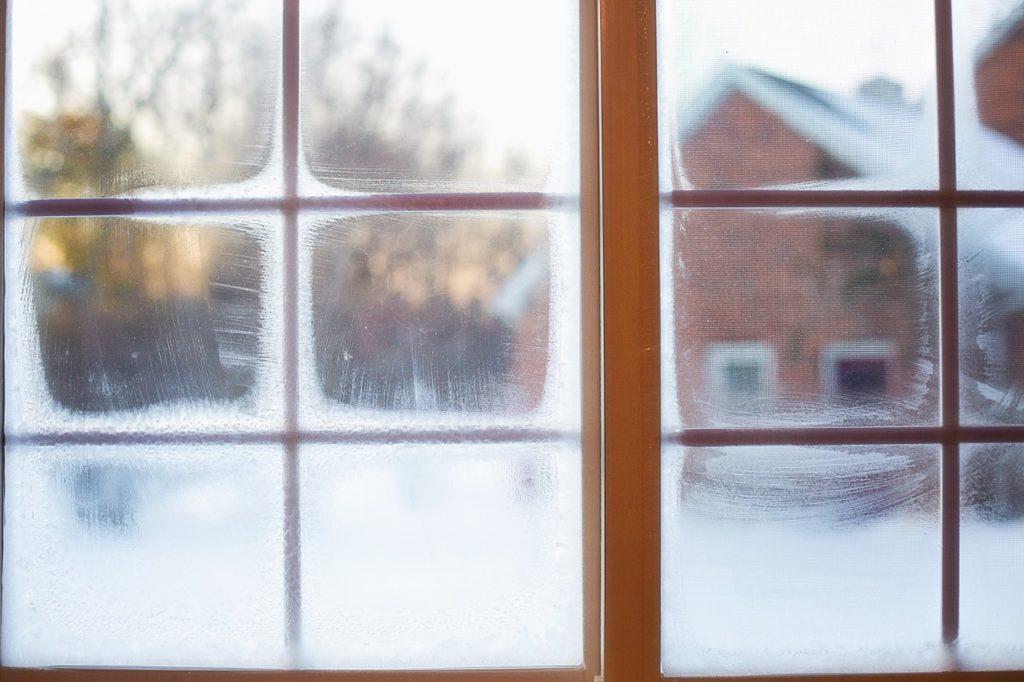As we approach the longest, coldest part of winter, energy bills are about to rise. To help save some fuel, some money, and make your home more Eco friendly, here are some heat-saving tips to reduce your heating bills.
These tips range from free, to low cost, to a few that would require some investment up front, but are certain to pay out over the long haul.
Easy Ways that You Can Save on Heating Bills
It doesn’t take a lot to make a big difference to your home heating bills. Small changes in how you heat and insulate your home can add up to big savings, and a big contribution to the Eco-Friendliness of your home.
Heat Saving Tip #1 – Lower Your Thermostat
For every degree that you reduce the average temperature in your home, you can save up to 3% on your monthly heating bill. For deeper savings, reducing the thermostat by 7 – 10 degrees Fahrenheit for eight hours a day (for example, while you are sleeping) could save as much as 10%.
According to Energy.gov, the most efficient heat savings setting is to program your thermostat to remain at 68 degrees while you’re awake and between 58 – 61 degrees while you’re sleeping or at work for the day.
This may mean not mean you can walk around your house in the dead of winter in shorts and a T-shirt, but that’s a small sacrifice to save money and save the environment.

Although manual thermostats will perform the same functions by adjusting them yourself when you want the temperatures increased or decreased, programmable thermostats such as the Nest (T3007ES) Learning Thermostat will avoid any discomfort by returning temperatures to normal before you wake or return home.
Plus, you don’t run this risk of forgetting to turn things up or down.
If you are gone for extended periods of time (such as long shifts, overnight trips, or extended vacations; turn the temperatures down even further. The less heat you have inside your home, the less heat there is to lose to the outside temperatures. and – therefore the more energy you save.
However, don’t go overboard with changes. Turning the temperature down TOO low while you’re at work will make the furnace have to work extra hard to get it back up to a comfortable temperature when you return.
And changing temperatures every few hours rarely provides any gain by the time the ups and downs average themselves out.
Heat Saving Tip #2 – Keep Things Clean & Clear
Heating systems work by warming the air and either circulating the warmer air (or with more passive, radiant systems) or allowing the warmer air to circulate naturally.
Anything that blocks the proper circulation of air will make your heating system work harder to provide a comfortable interior temperature and could lead to hot and cold spots throughout your home.
Locate all the heating spots in your home and understand how that heat flows. If you have a forced-air furnace, that means understanding where all of the air vents are as well as the cold air returns and make sure that nothing… from something as large as a couch to small particles such as pet hair and dust… is blocking the flow of air throughout your home.
|
Quick Tips:
|
Heat Saving Tip #3 – Plug Air Leaks
Similar to a dripping faucet that loses water down the drain, a drafty house can be a far more expensive house to keep warm.
According to home renovation expert Mike Holmes, the largest source of heat loss and air leakage is often in places you can’t see: the attic or crawl space. In general, any spot in your home where heated sections meet cold zones is at risk for air leakage.
|
Quick Tip:
|
Caulking around any joints, including windows and doors, will also help plug up any pesky little cracks and holes that have formed over time.
Another big – but often overlooked – culprit are those switches and electrical outlets on the outer walls of your home. According to The Spruce, electrical boxes for wall switches, outlets, phone junctions, and other devices can be an equally big energy drain on your home.
With a few minutes and a few dollars, you can seal up those outlet boxes and help reduce heating loss quickly and easily.

A well insulated home is an energy efficient home.
If you’re not sure where your home might be leaking heat (and therefore money) consider investing in a Thermal Leak Detector.

A thermal leak detector, such as the BLACK+DECKER TLD100 uses infrared sensors to measure surface temperatures and shows fluctuations, helping homeowners heat-losing drafts.
Heat Saving Tip #4 – Use Your Windows
Although windows are an important part of a home’s overall appeal, they are also the largest contributor to heat loss. Somewhere between 10% to 25% of your home’s heat loss can be attributed to windows, higher if you have drafty, low-efficiency windows.

However, windows can also save on heating costs by harnessing the natural heating power of the sun.
By opening curtains and lifting the shades on south-facing windows during the day, you can let the sun’s warmth into your home, heating it naturally. However, when the sun goes down, so should those curtains and blinds to help keep that warmth from escaping again.
If you can afford to do so, upgrade your windows to high-efficiency, energy-saving windows with good, solid seals. If this cost is out of range, consider using winter window films to help seal up any heat loss through the lower-rated glass and drafty seals.
Heat Saving Tip #5 – Maintain Humidity
Keeping the air humid in your home can reduce heating costs because moist air retains heat better than dry air. In the winter, the cold outside air that finds its way into your has a much lower humidity level. Even as it mixes with the warmer air inside your house, the temperature might increase but the amount of moisture in the air will not.
And, as everyone knows in the middle of summer, humid air simply FEELS warmer than dry air, so you can gain the comfort level of a higher heat level without cranking up the thermostat.
There are other benefits to using a humidifier as well: they reduce static electricity, help fight against dry skin, and make it easier to breathe.
But don’t go crazy with the humidity! Ideal indoor humidity levels during the winter are between 25% and 40%, anything above that can damage wood, paint, and insulation.
If you don’t have (and can’t afford”) one of those fancy humidifiers, there are some time tricks you can use to add a nice level of humidity into the home.
|
Quick Humidity Tips:
|
But watch for signs of excess moisture. Steamed up windows in the kitchen are normal if you’ve just boiled a big pot of spaghetti, but if they stay foggy over time… you have too much humidity.
Small Changes, Big Impact
It doesn’t take a lot to make a big difference in your heat savings during the winter months. These Easy & Eco-Friendly heat-saving tips can help you make an impact on your home, your wallet, and the world around you.






